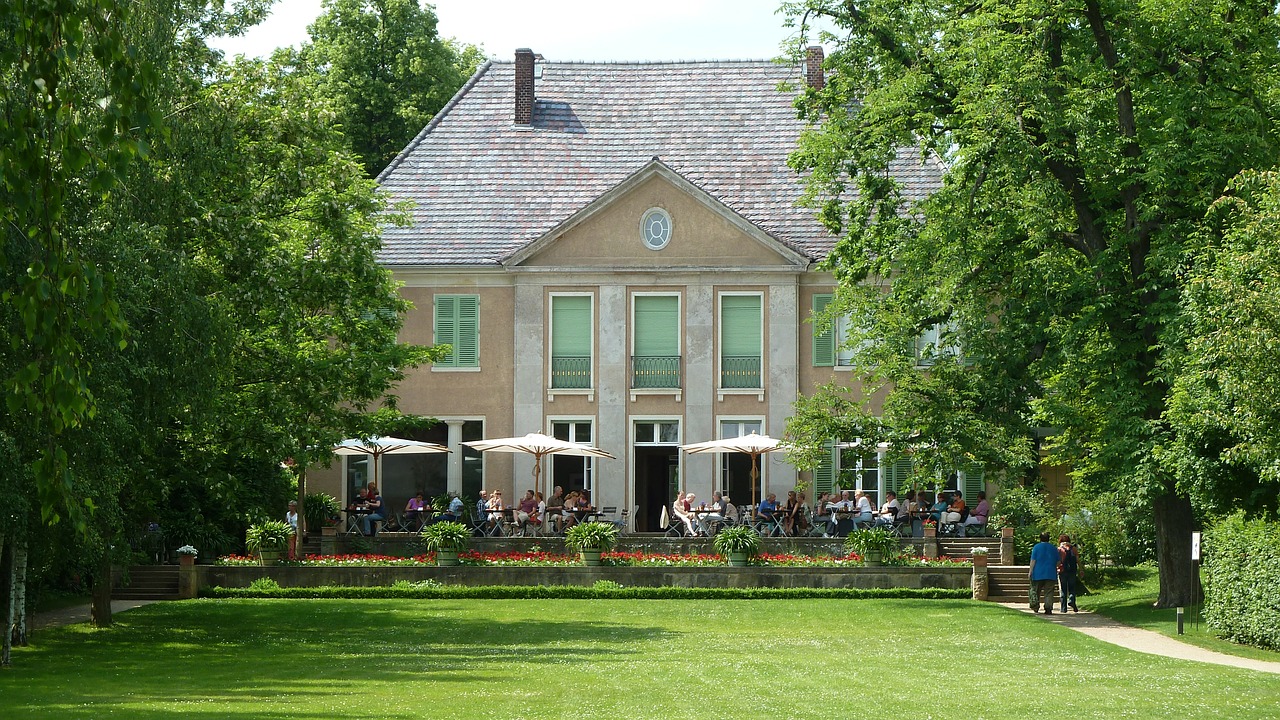Liebermann alla Villa Liebermann: splendida mostra a Berlino con lavori anche di Ury
L’impressionismo tedesco in mostra in una cornice da non perdere
Max Liebermann (1847-1935) e Lesser Ury (1861-1931) tornano, all’interno di una mostra, insieme. Le opere dei due artisti sono ospitate dalla villa che il primo dei due aveva a Wannsee e qui resteranno fino al 26 agosto 2019. I due pittori, entrambi appartenenti alla corrente impressionista, danno quindi appuntamento agli appassionati d’arte in una cornice molto particolare che sarà essa stessa oggetto della mostra. L’esposizione Max Liebermann und Lesser Ury. Zweimal Großstadt Berlin ospiterà 45 tra dipinti e opere su carta dei due artisti ebrei tedeschi.
[adrotate banner=”34″]
Liebermann e Ury, due pittori per una città
Il fil rouge che unisce i due artisti è il paesaggio berlinese di inizio 1900, rappresentato però in momenti diversi: mentre Liebermann dipinge Berlino alla luce del giorno, Ury procede nella narrazione raccontando la capitale tedesca di notte, quando la luce proviene dai lampioni e dalle poche macchine che popolavano le strade all’inizio del secolo scorso. Il rapporto tra i due non è mai stato rosa e fiori: è noto infatti che i due artisti si siano scontrati spesso quando erano ancora in vita. Nonostante infatti Liebermann supportasse inizialmente l’arte di Ury, è risaputo che l’antipatia tra i due sfociò in una débacle che riguarda il dipinto Il fienile di lino a Laren (1887), una delle opere d’arte più importanti di Liebermann. Ury dichiarò di esser stato lui a dipingere la luce nel dipinto, dichiarazione che mandò su tutte le furie il padrone di casa e dette inizio all’antipatia tra i due.
La villa di Liebermann a Wannsee
Spesso protagonista delle opere del pittore, la villa di Liebermann venne costruita ispirandosi alla residenza imperiale di Sans Souci di Potsdam. I nazisti la confiscarono nel 1933 e solo dopo un restauro costato 280mila euro la casa è tornata alla bellezza originaria. Intorno alla villa si trova un parco che ha ispirato più di 400 opere dell’artista. Visitando la villa si può anche entrare nelle stanze private di Liebermann e cercare così di capire meglio lo stile di vita di questo artista.
Max Liebermann und Lesser Ury. Zweimal Großstadt Berlin
Dal 19 maggio al 26 agosto 2019
Villa Liebermann sul Wannsee: Colomierstraße 3, 14109 Berlin
Biglietti: 8,00€ intero; 5,00€ ridotto; 7,00€ a persona per gruppi superiori a otto persone
Potete trovare la pagina ufficiale della mostra qui
RIMANI AGGIORNATO SU BERLINO, SEGUI BERLINO MAGAZINE SU FACEBOOK
[adrotate banner=”34″]
Immagine di copertina: Villa Liebermann, ©498813, CC0






